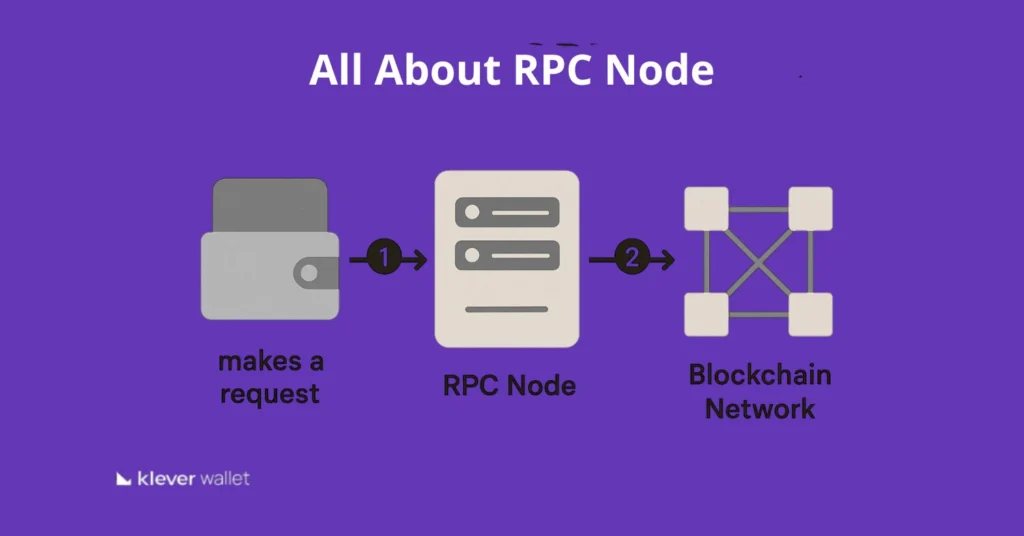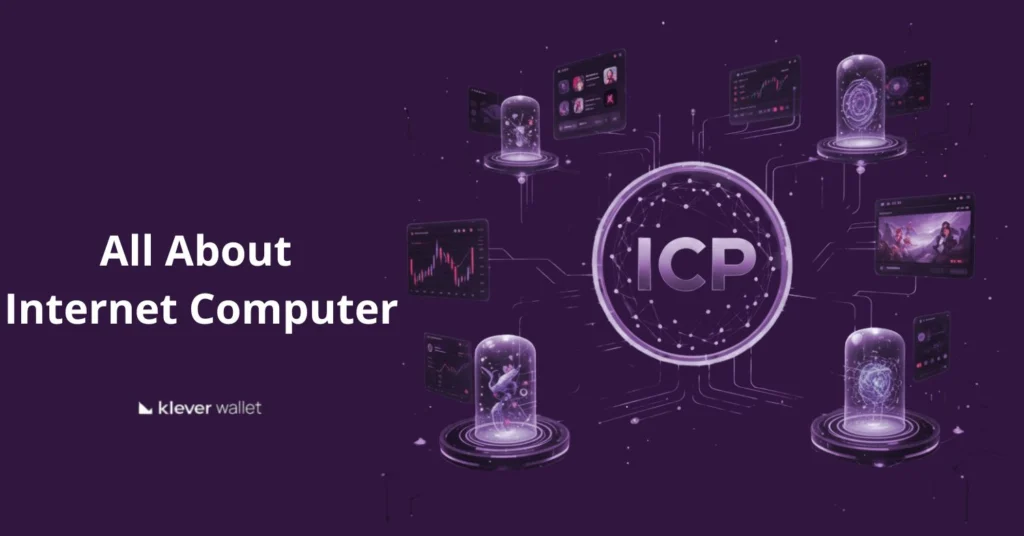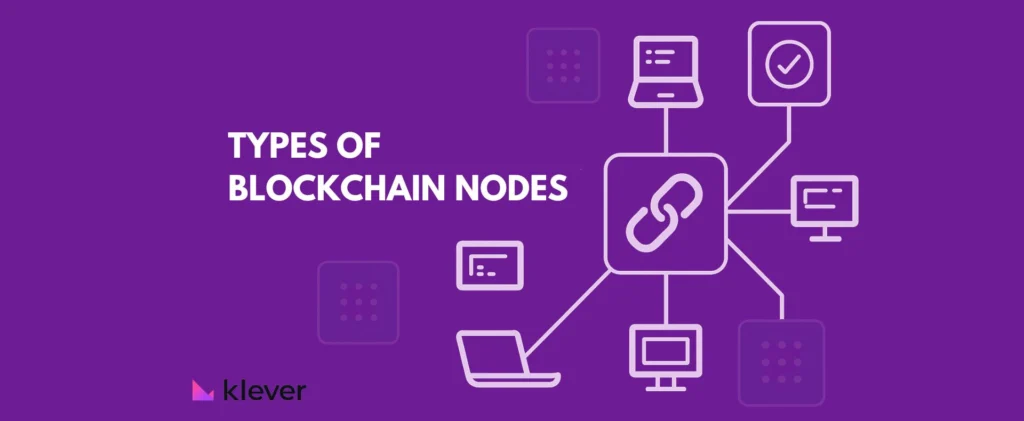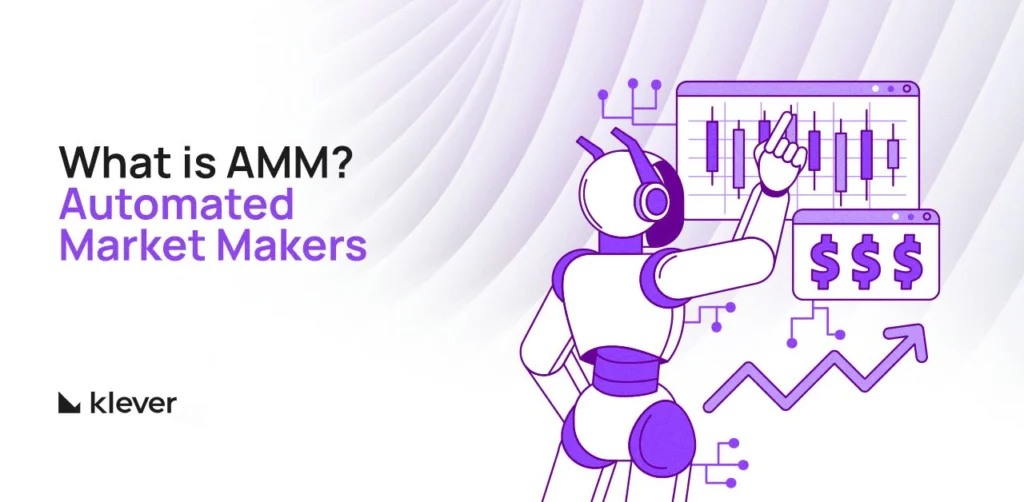
One of the biggest innovations that reshaped how people trade in Web3 is the Automated Market Maker, or AMM.
It’s a foundational component of decentralized finance (DeFi) that enables anyone, anywhere, to swap digital assets without the need for a traditional intermediary like a bank or centralized exchange.
If you’ve ever used platforms like Raydium (on Solana), Uniswap (on Ethereum), or PancakeSwap (on BNB Chain), you’ve already interacted with an AMM—possibly without even realizing it.
These protocols let you exchange one cryptocurrency for another almost instantly, with no sign-ups, no waiting, and no centralized authority involved.
So what exactly is an automated market maker, and why does it matter?
To understand why are such a breakthrough, we need to take a closer look at how they operate.
What makes them different from traditional exchanges?
What problems do they solve? And how can everyday users interact with them without needing to be tech-savvy?
Let’s break it down.
What You’ll Learn in This Article
Understanding Automated Market Makers (AMMs)
How Do Automated Market Makers Work?
Why Raydium Stands Out
Liquidity Provider vs. Automated Market Maker: What’s the Difference?
Benefits of Using an Automated Market Maker
Challenges and Risks of Using Automated Market Makers
Why Automated Market Makers Matter
Understanding Automated Market Makers (AMMs)
At its core, an automated market maker is a smart contract—a piece of code that lives on the blockchain and handles trading logic automatically.
Instead of relying on human buyers and sellers, AMMs use algorithms to set prices and execute trades based on real-time supply and demand in liquidity pools.
This innovation solved one of the biggest challenges in early decentralized exchanges: lack of liquidity and poor user experience.
With AMMs, anyone can become a liquidity provider, trades are fast and efficient, and the entire system is decentralized and transparent.
They are more than just a tool for swapping tokens—they are the engine powering a new kind of open financial system where control is placed in the hands of users, not institutions.
For many users, especially those in regions with limited access to centralized exchanges, AMMs represent financial freedom.
Understanding how it work and why they matter is essential for anyone getting started in DeFi.
How Do Automated Market Makers Work?
Traditionally, when you trade on a centralized exchange like Coinbase or Binance, a matching engine pairs your order with another user’s. If someone wants to sell what you’re buying, the trade goes through.
AMMs completely reinvent that model.
Instead of matching buyers and sellers, AMMs use liquidity pools — smart contracts that hold reserves of two tokens. Users trade directly with the pool, and the price is determined by a mathematical formula, not a traditional order book. This means trades can happen instantly, without waiting for a counterparty.
Let’s break down how this works in practice, using Raydium, a leading AMM on the Solana blockchain
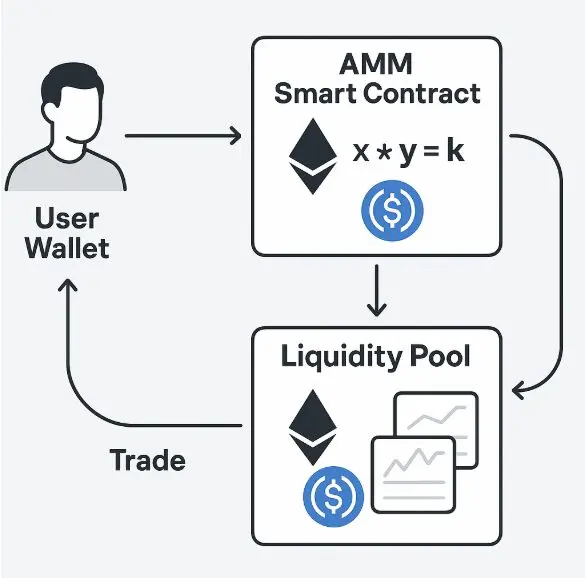
(Created by AI)
How AMMs Work (Raydium Example)
- Connect your wallet
Use a Solana-compatible wallet like Klever Wallet or Phantom to access Raydium. - Choose your swap
Select a swap pair — for example, SOL → USDC — and enter the amount you want to exchange. - Raydium checks the liquidity pool
The protocol reads current balances of SOL and USDC and calculates the rate using:
x * y = k
- x = amount of SOL in the pool
- y = amount of USDC
- k = a constant value
- The more you buy a token, the more its price increases relative to the other — this is called slippage.
- Confirm the transaction
Your SOL is sent to the pool; you instantly receive USDC (minus a 0.25–0.30% fee). - LPs earn rewards
That swap fee is distributed among liquidity providers based on their share of the pool.
Why Raydium Stands Out
Raydium goes beyond a typical AMM by integrating with Serum’s central limit order book, allowing it to route liquidity across both systems.
This hybrid model provides deeper liquidity, tighter spreads, and better pricing than a standalone AMM.
While the mechanics might vary slightly across platforms like Uniswap, PancakeSwap, or Curve, the core principle remains: code, not people, sets the rules.
Liquidity Provider vs. Automated Market Maker: What’s the Difference?
Although they work hand in hand, a liquidity provider and an automated market maker are not the same thing.
Think of the AMM as a vending machine, and liquidity providers as the ones stocking it with snacks. No snacks, no trades. No machine, no market.
- An Automated Market Maker is the underlying protocol—a smart contract—that executes trades based on a formula.
- A Liquidity Provider (LP) is a user who deposits tokens into the AMM to enable those trades and, in return, earns a share of the fees.
As a user, you can be both a trader and a liquidity provider, depending on how you interact with the automated market maker.
Benefits of Using an Automated Market Maker
Using an AMM comes with several advantages that make it attractive to both beginners and experienced crypto users:
Accessibility and Openness
Anyone with a crypto wallet can use an automated market maker to swap tokens, provide liquidity, or even build on top of the protocol. No registration or identity verification is required. This is especially empowering for users in countries with restrictive banking systems.
Passive Income Opportunities
Liquidity providers earn trading fees proportionally to their share of the pool. In high-volume pools, this can generate steady passive income. Some protocols also offer additional incentives, like yield farming rewards in the platform’s native token.
Constant Availability
Automated market maker operate 24/7, without downtime. You can trade or provide liquidity any time, from anywhere in the world—even while you’re sleeping.
Transparency and Control
Everything is powered by smart contracts. You can inspect the code, verify transactions, and maintain control over your own assets. This level of transparency builds trust in a trustless environment.
Innovation and Interoperability
Automated market maker are composable, meaning developers can build on top of them to create new financial products. Lending, synthetic assets, and structured products often plug directly into AMMs, expanding the possibilities of DeFi.
Challenges and Risks of Using Automated Market Makers
Despite their benefits, AMMs aren’t perfect. Users should be aware of certain trade-offs:
- Slippage: Price impact grows with trade size, especially in low-liquidity pools. This can be frustrating for traders seeking precision.
- Impermanent Loss: LPs might lose value compared to just holding tokens when prices diverge significantly. It’s also one of the most misunderstood risks in all of DeFi.
- Smart Contract Vulnerabilities: Bugs or exploits in the code can result in permanent loss of funds. Audits help, but they don’t guarantee 100% safety.
- Front-running and MEV: Traders with faster access to the network can manipulate transactions for profit, often at the expense of ordinary users.
Being informed and cautious is key to making the most of AMMs safely.
Why Automated Market Makers Matter
Automated Market Makers are a core component of DeFi, enabling seamless, permissionless trading on a global scale.
Whether you’re a user looking to swap tokens, a builder creating a new protocol, or an investor seeking yield, it offer powerful tools for interacting with the decentralized economy.
AMMs show us that you don’t need a broker or a bank to trade value.
AMMs put financial tools back where they belong — in the hands of users, not institutions.
The next time you tap “swap,” remember: you’re not just moving tokens. You’re taking part in a decentralized revolution.
Swap tokens instantly using an AMM inside Klever Wallet. No sign-ups, no middlemen — just fast, secure, and low-fee swaps at your fingertips.
Download Klever Wallet and start swapping today.


